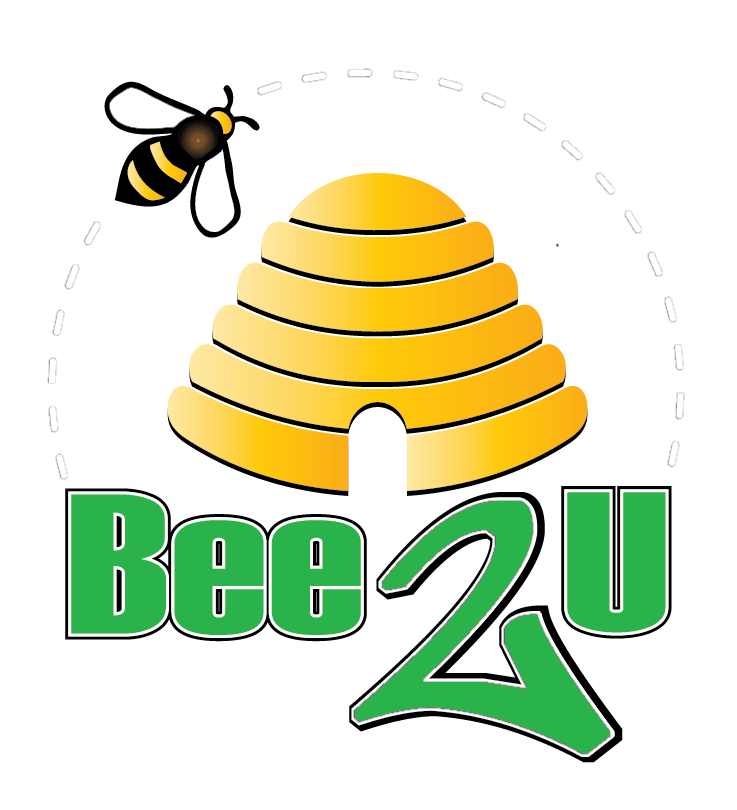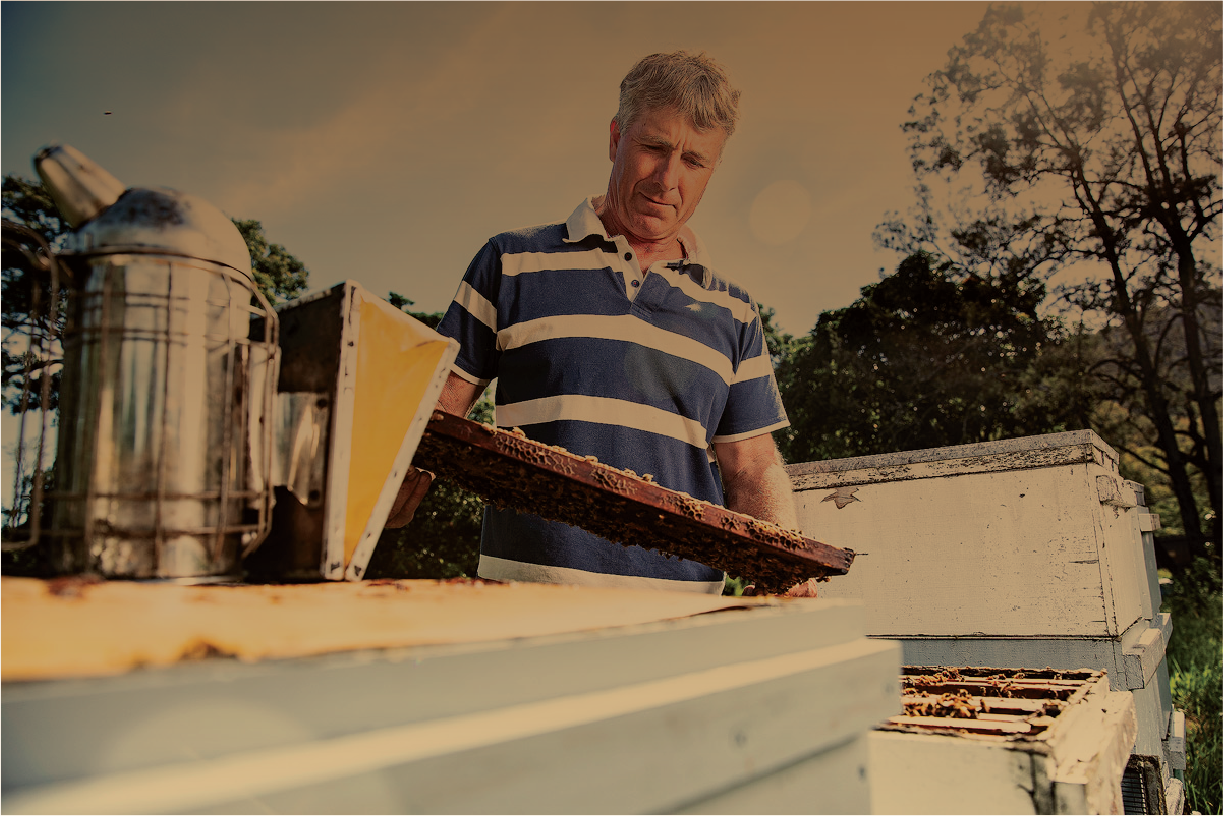
Where it
all began
About Us
Paul has been operating as a commercial beekeeper in the Sarina area since February 2000, after working with the Queensland Government Department of Primary Industries (DPI) in the soil science area and spending a few summers in Canada working with large honey producers.
Paul’s passion for bees stemmed from an introduction to beekeeping in Grade 7 when a classmate’s father taught a group of children how to set up and maintain hives of their own.
Paul has enjoyed reciprocating this kind gesture over the years by volunteering his services to introduce students to bees in local schools and through the local beekeeping association. From his star tin beekeeping at the age of 11 year he carried on beekeeping as a hobby with up to 11 hives at times until he decided to pursue commercial beekeeping as a career in 2000.
Paul originally traded as Cadena Apiaries, with a focus on producing queen bees for the domestic and Canadian market. From 2012 the focus moved to honey production, and the business was rebranded with the change in name to Bee2U. He currently has around 400 hives and these are moved between honey flows within a 400km radius from the Sarina Range base.
Apprentice beekeepers Lachlan and Aidan are learning the beekeeping trade and help their Dad in the shed building and maintaining hives boxes and frames and occasionally out in the field. While Paul takes care of the operational activities of the business, Wendy looks after the administration, financial and marketing aspects.
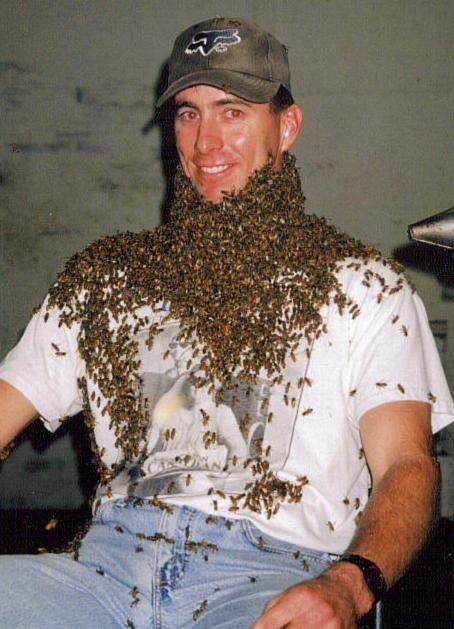

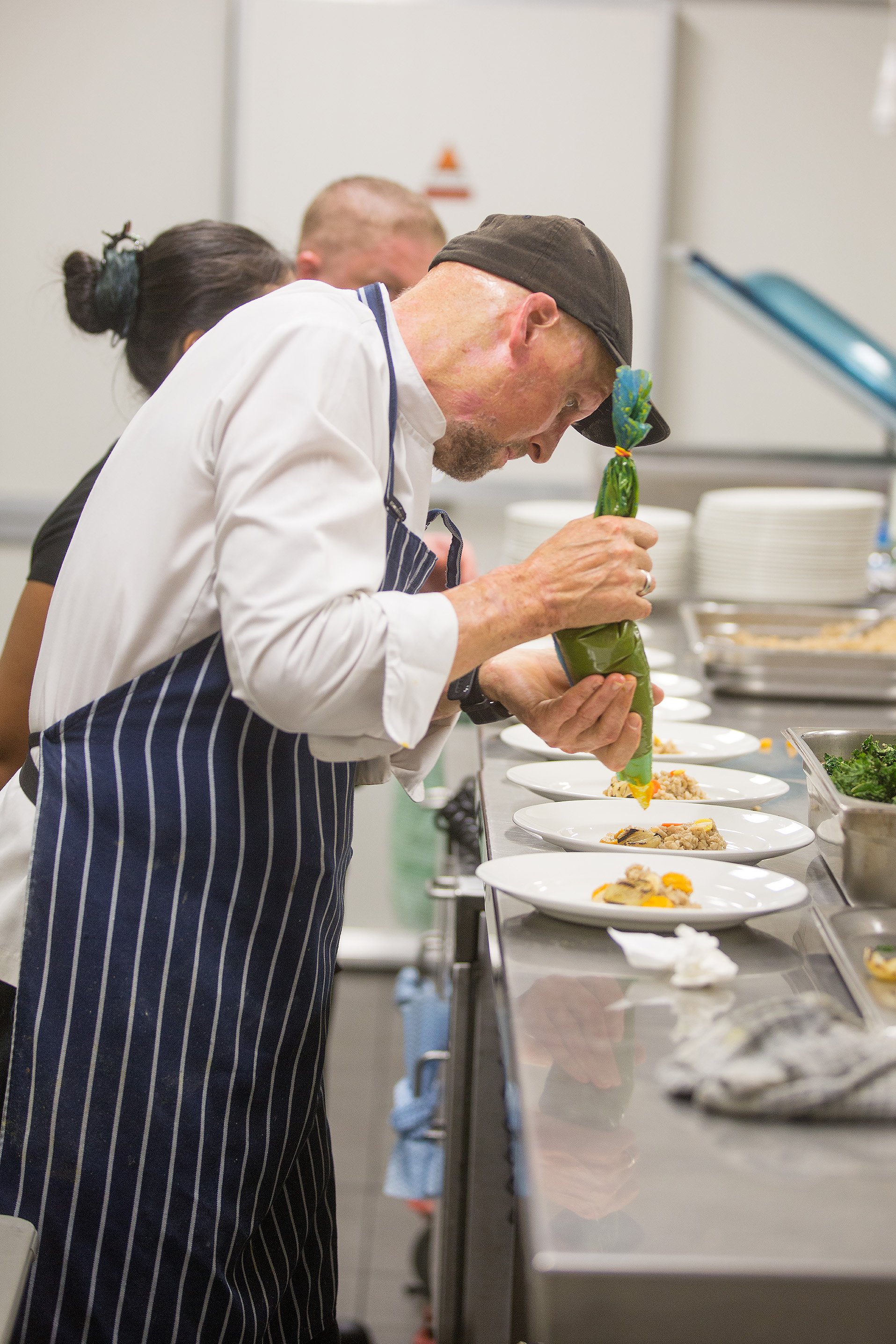
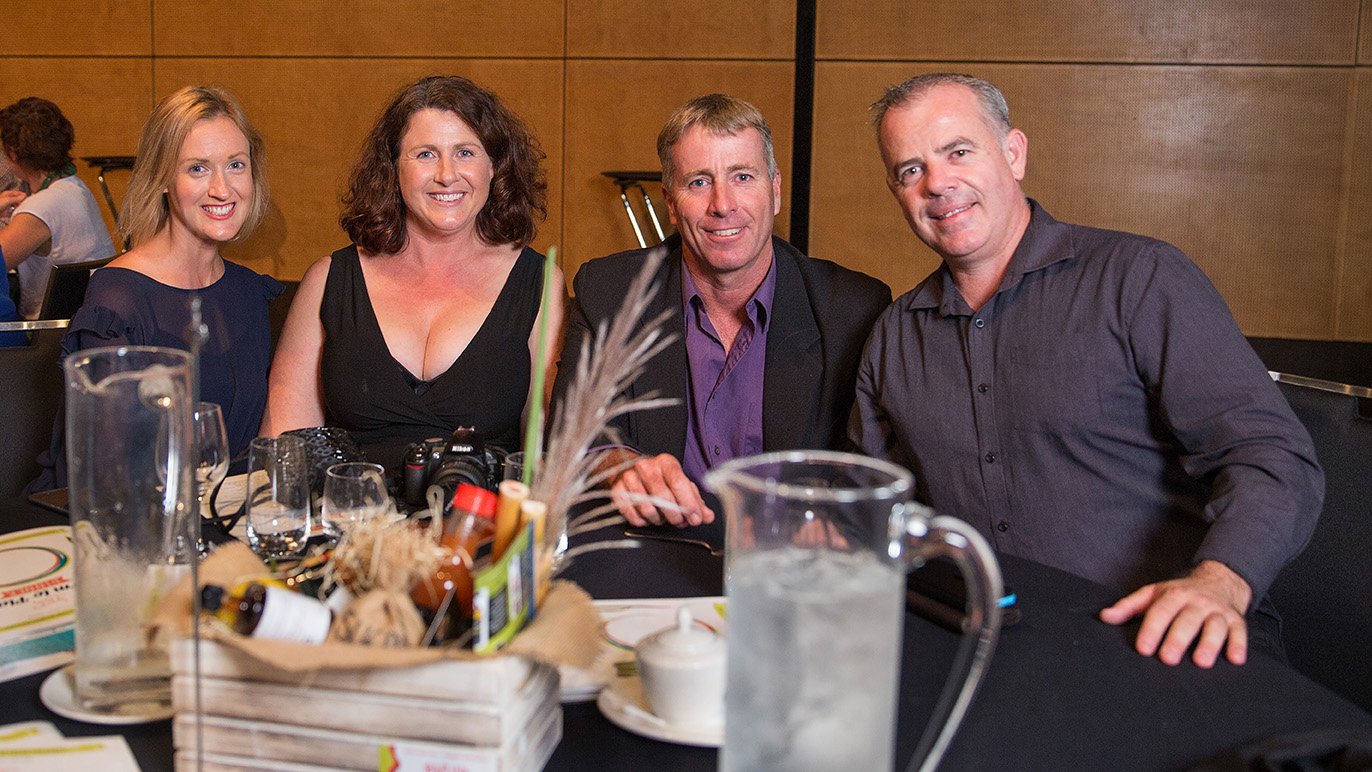
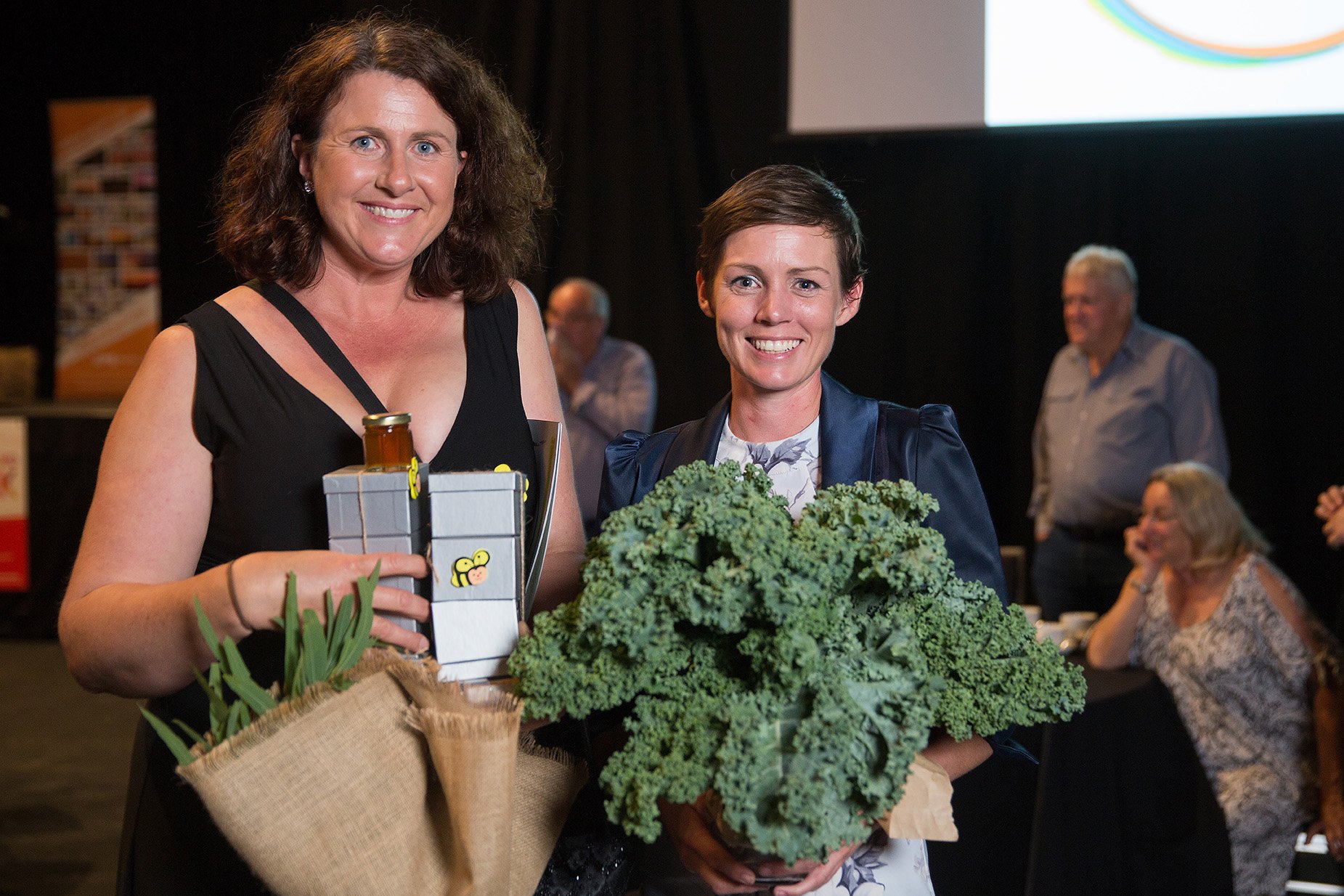
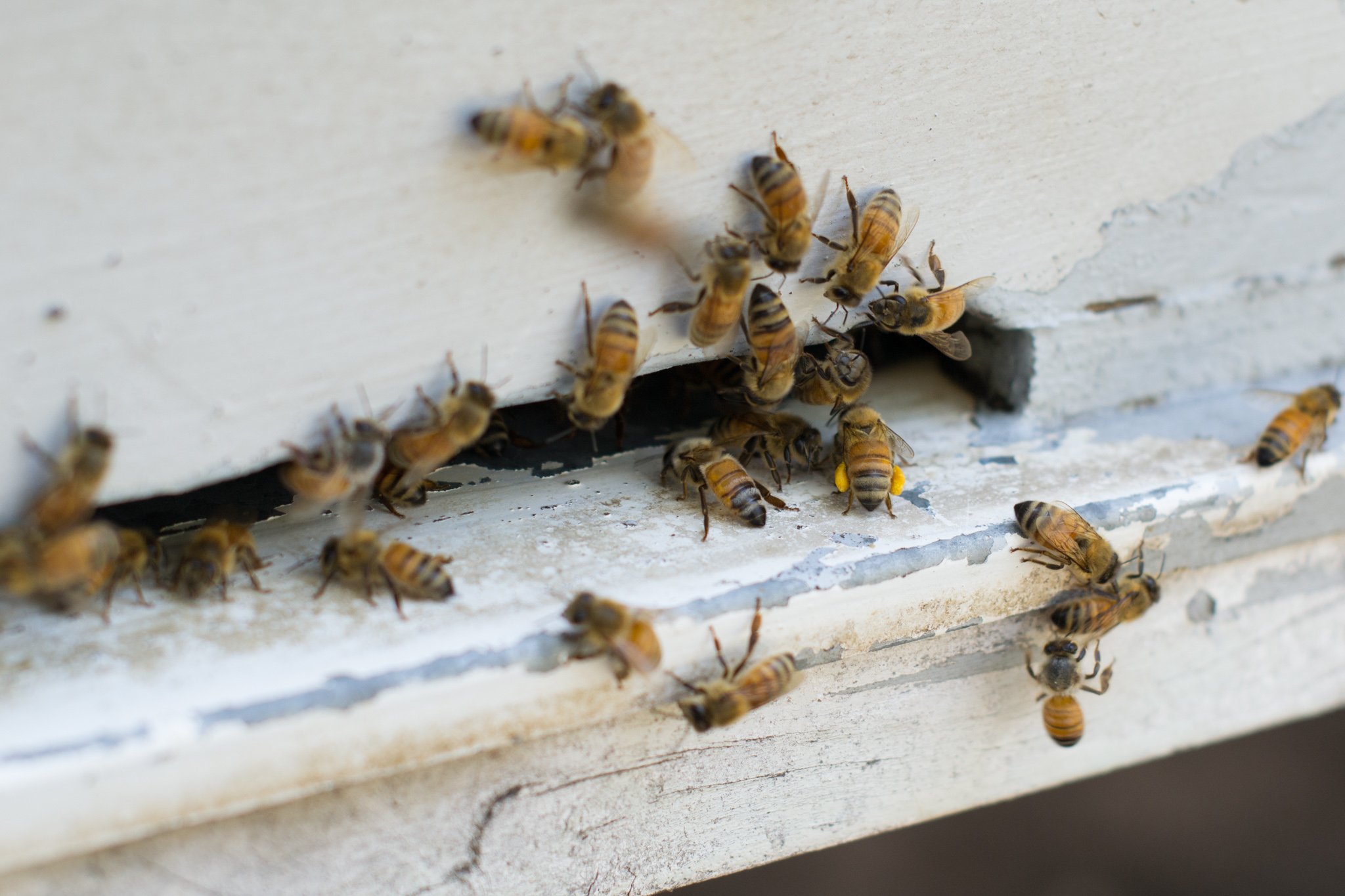
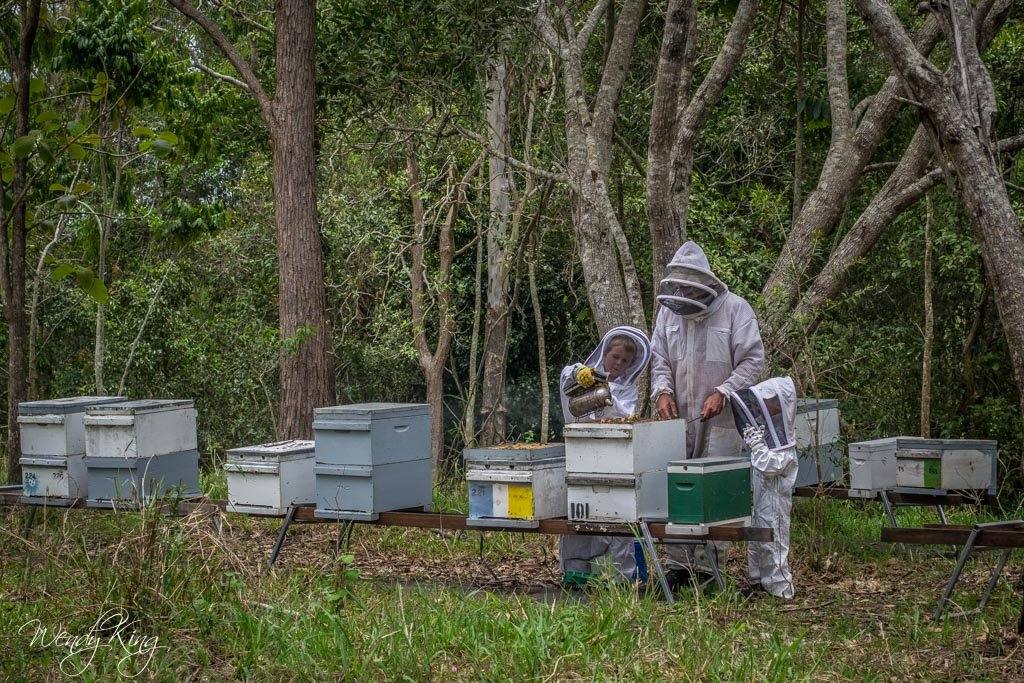
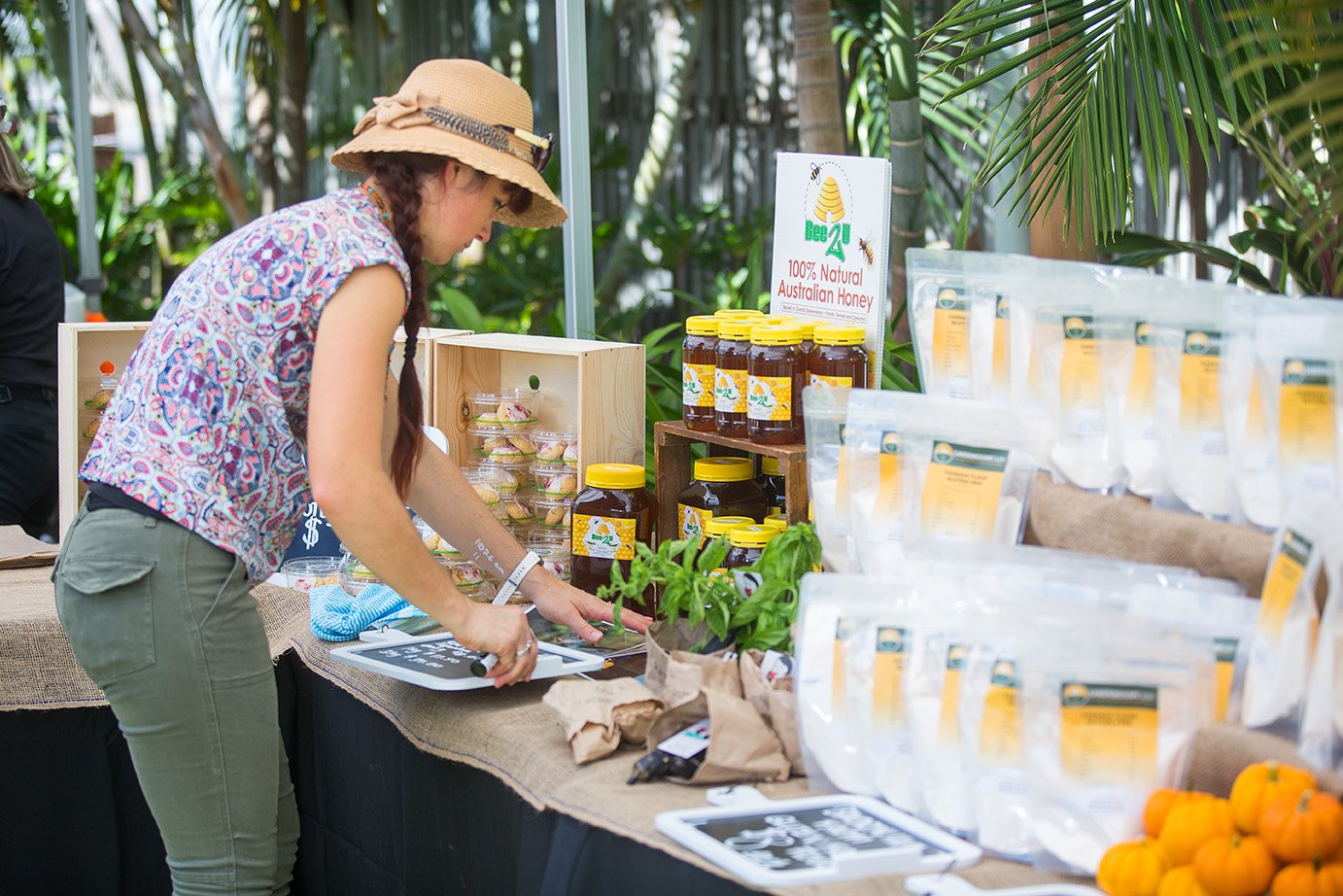
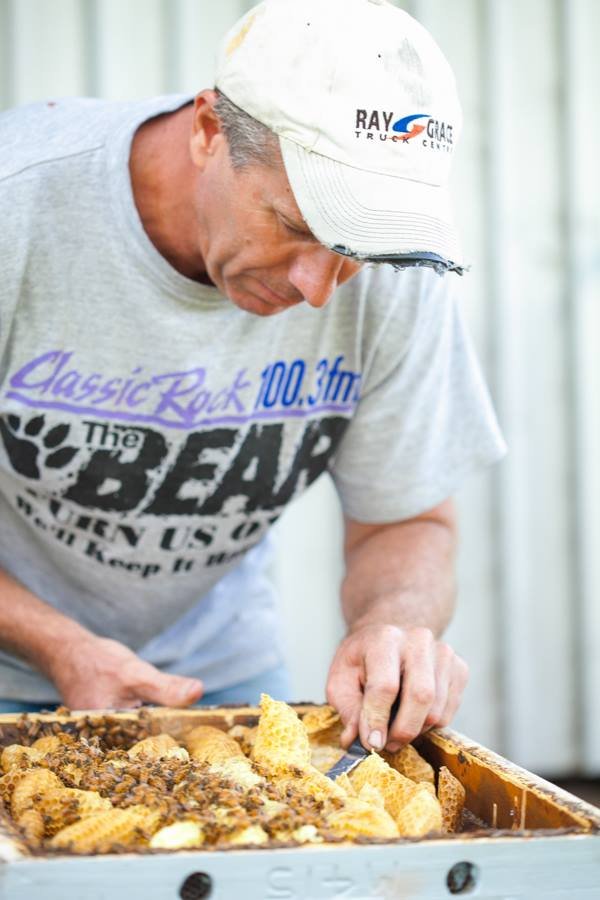

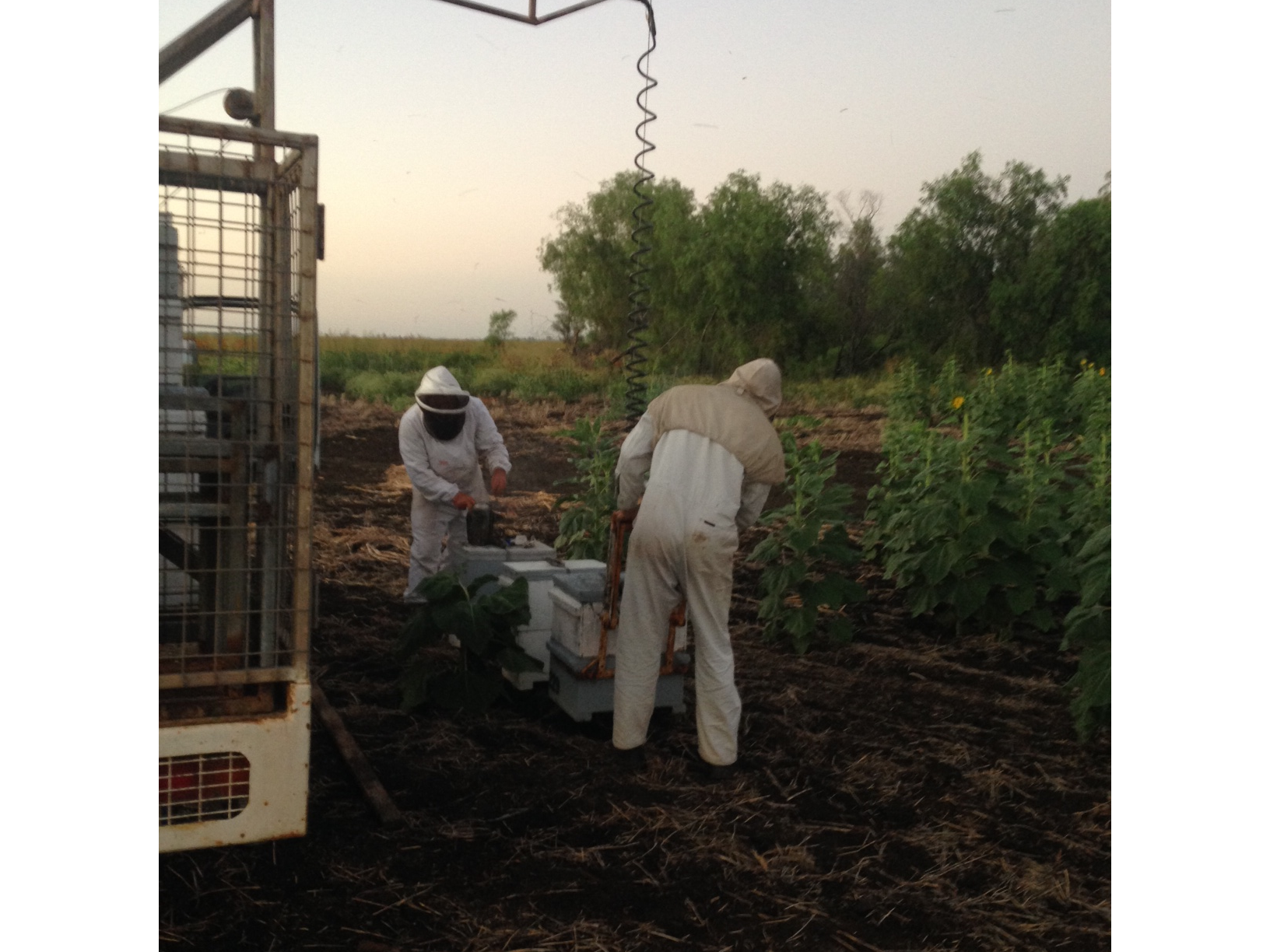
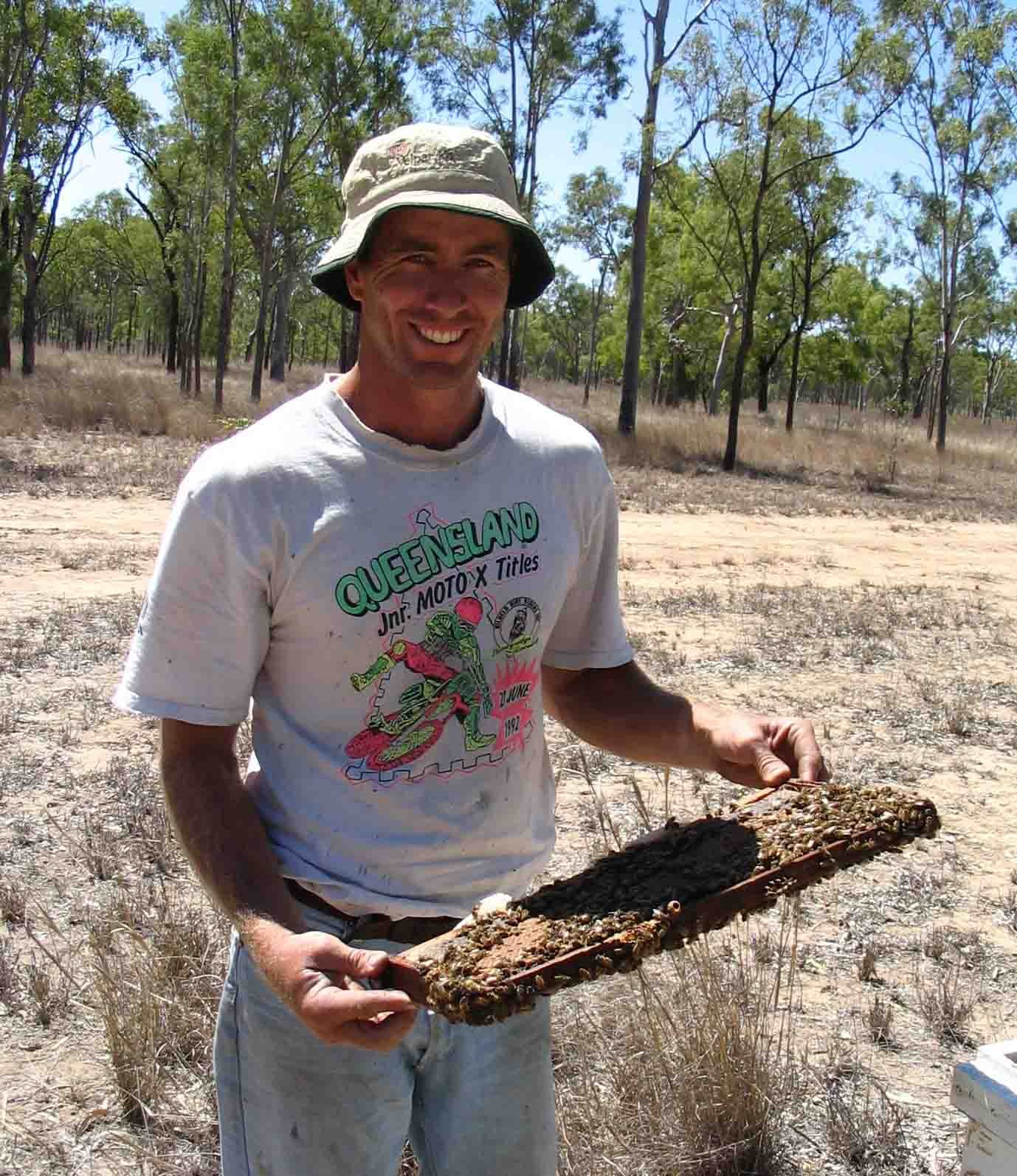
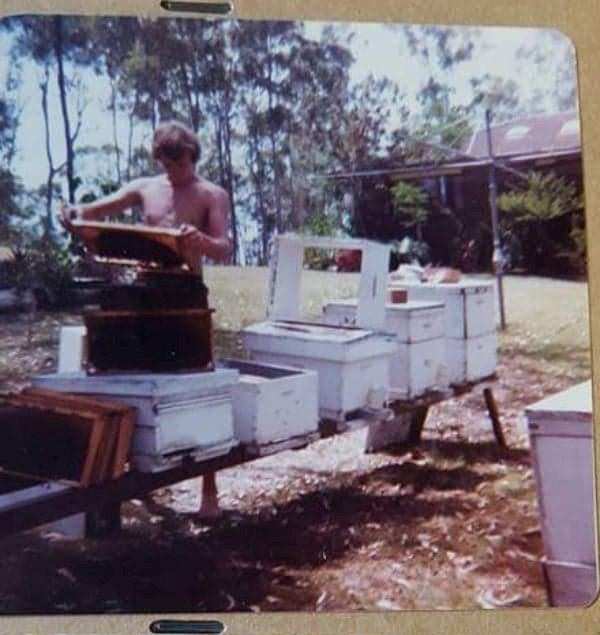

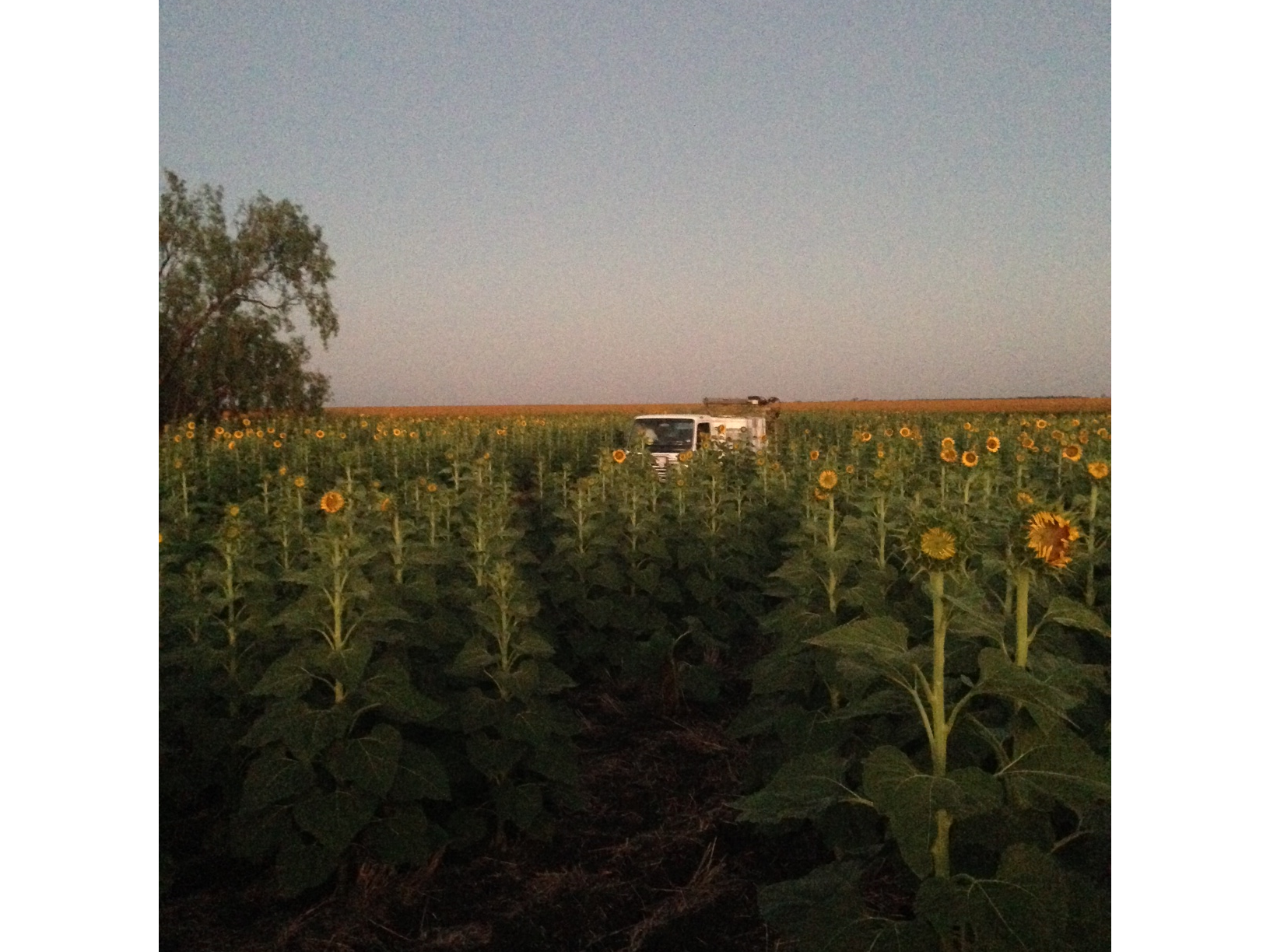

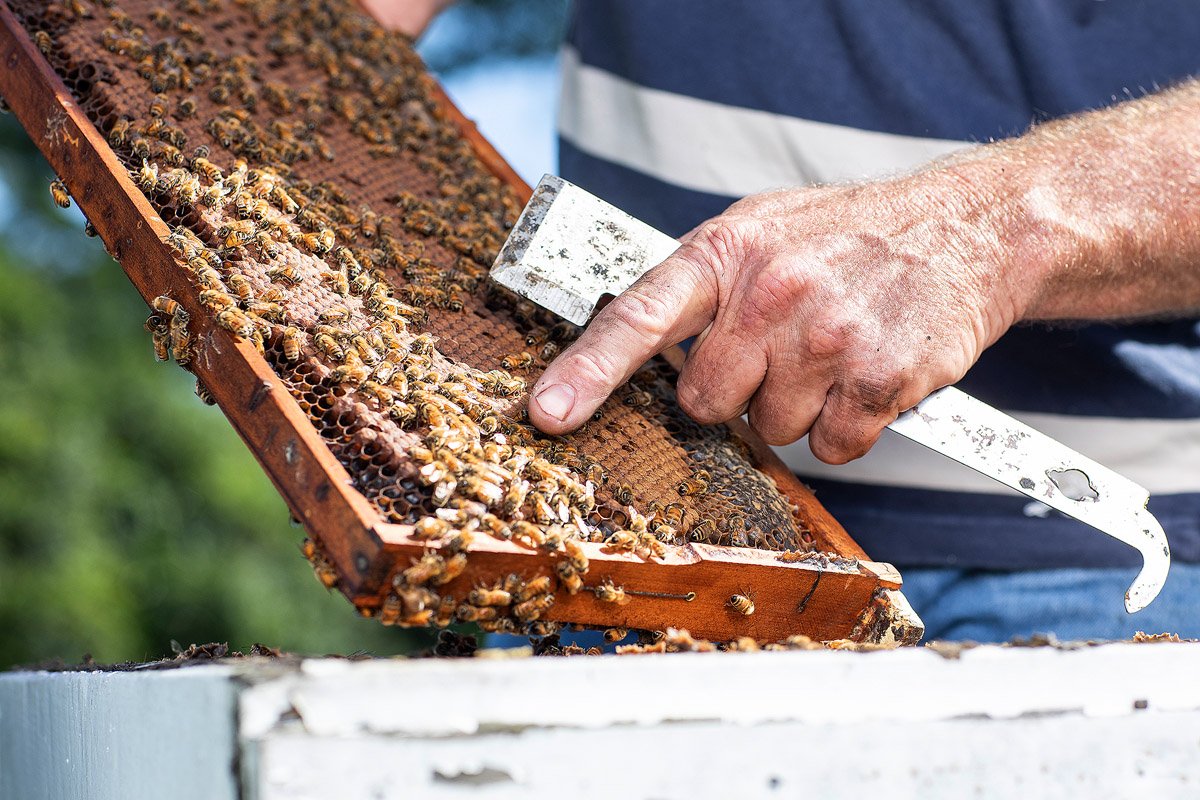
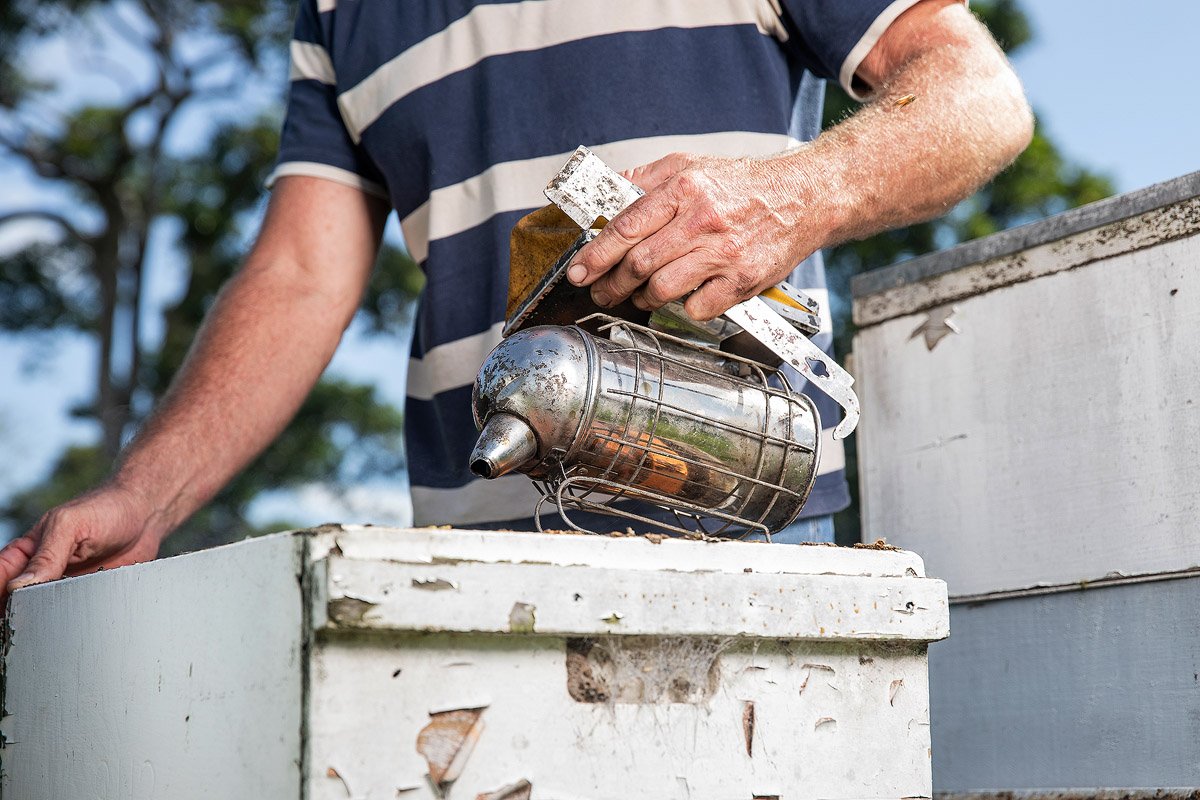

How is honey made
The nectar that is gathered from flowers by bees is of a thin, watery consistency. Upon return to the hive the field bees regurgitate their nectar loads to other bees who distribute it in the comb cells as small droplets.
With the increased surface area the moisture more readily evaporates, and as they are moved around enzymes from the bees salivary glands are added which convert the sucrose in the nectar to glucose and fructose. The bees then gather the honey droplets up again and store them in cells ready for capping with wax. Worker bees positioned on both sides of a hive entrance accelerate the evaporation process by continually fanning their wings which drives currents of air into the hive and across the surfaces of the comb. Others direct the moist air out of the hive. Once the moisture levels have been reduced sufficiently the cells are sealed with a wax capping and the honey is ready for either extraction of future food stores.
Save the Bees
Honeybees are extremely important for our people and our planet, being critical for food production. One-third of the foods that we eat rely on honeybees for pollination. With increasing environmental threats to our agricultural lands and environment, honeybee pollination is required to ensure the highest possible yields and quality from crops and the maximisation of returns from agricultural inputs is of increasing importance.

